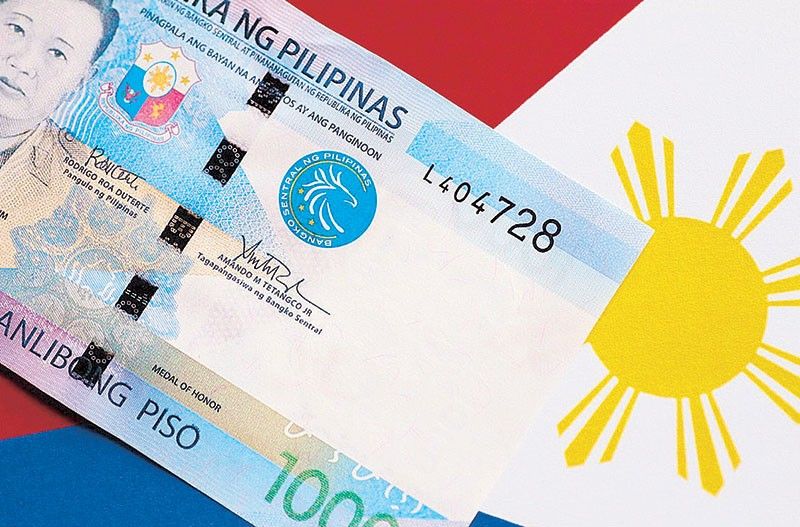Debt-to-GDP ratio rises in Q2

Remains above international threshold at 60.9%
MANILA, Philippines — The share of the country’s outstanding debt to the overall economy slightly picked up in the second quarter and remained above the internationally accepted threshold even after a stronger-than-expected economic performance.
Following the 6.3 percent gross domestic product (GDP) print in the second quarter, the share of national debt to the country’s output rose slightly to 60.9 percent from 60.1 percent in the previous quarter.
This was also just slightly below the 61 percent recorded in the second quarter of last year.
The latest ratio is above the 60.6 percent target by yearend set by the Development Budget Coordination Committee.
As of end-June, the national debt is at a record P15.48 trillion.
As such, the current debt-to-GDP ratio remained above the internationally accepted threshold of 60 percent, which still puts the Philippines in a vulnerable spot regarding its capacity to pay its financial obligations.
Reducing the debt-to-GDP ratio would mean that economic growth should outpace the level of borrowings of the Philippines.
Leonardo Lanzona, economist and professor at the Ateneo De Manila University, explained that the current ratio only means that the debt is increasing slightly more than the GDP.
Lanzona argued that such is fine as long as the debt increases productivity in the long run.
This means that debt must be used for long-term projects such as education, technology and infrastructure in remote areas.
“The government insists that the growth rate is greater than the costs. This argument works if growth is sustainable. Growth susceptible to climate change and financial crises may prove problematic,” Lanzona told The STAR.
On the other hand, Rizal Commercial Banking Corp. chief economist Michael Ricafort said a slight pick-up in the debt-to-GDP ratio is due to wider budget deficits in recent months that required more borrowings.
Ricafort added that further upticks in the next two quarters may be seen if the budget gap remains wider.
Lanzona echoed the same sentiment, especially if the debt is not translated to greater GDP.
“If indeed growth is higher than the interest rate, one should expect the debt-to-GDP ratio to be stable even if the debt level increases,” Lanzona said.
Lanzona argued that the government may be forced to increase taxes if growth does not pick up.
Ricafort, for his part, said increasing recurring tax revenues through intensified tax collections and more disciplined spending through fiscal reform measures may be needed.
“New taxes and higher tax rates should be the last option, especially if inflation stabilizes further,” he said.
- Latest
- Trending





























